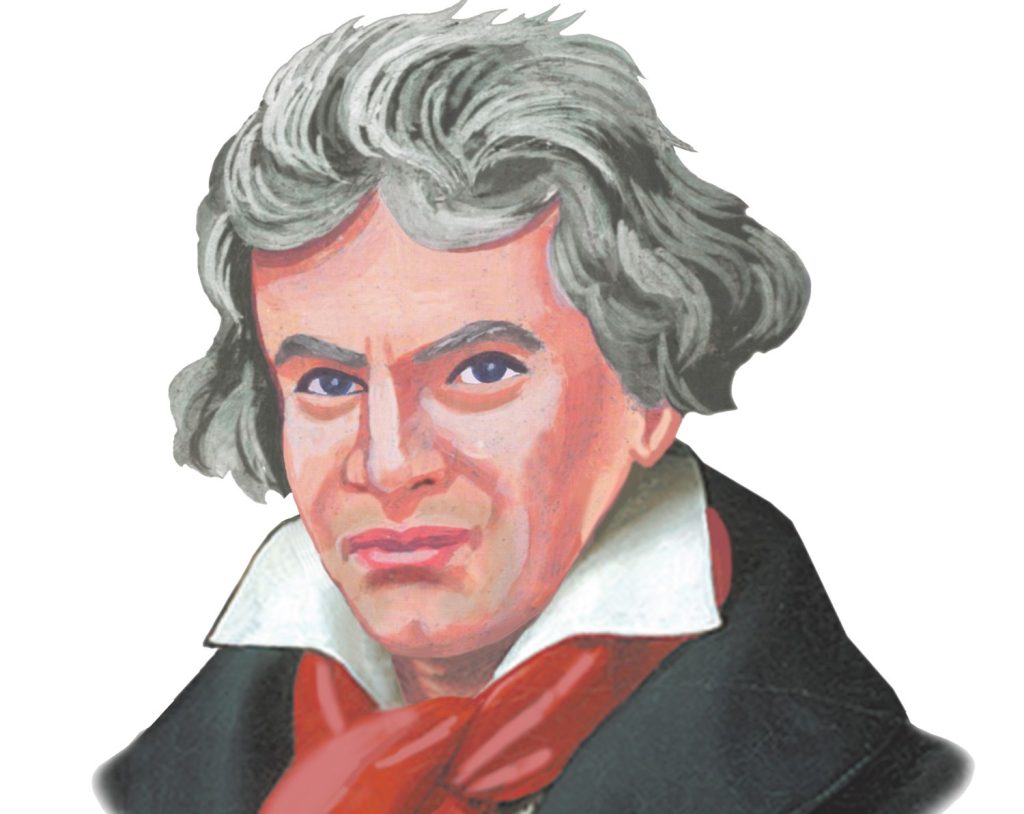
Beethoven – Symphony No. 9 in D minor "Choral"
Ludwig van Beethoven's Symphony No. 9 in D minor "Choral" stands as a monumental masterpiece in the history of classical music.
Completed during the final years of his life when he had almost completely lost his hearing, this symphony celebrates human dignity and hope through a work of overwhelming artistic vision.
Overview of the Piece
The Symphony No. 9 premiered in Vienna in 1824.
It is structured in four movements, and most notably, the final movement introduces soloists and a full chorus alongside the orchestra—an unprecedented innovation at the time.
The fourth movement features the famous "Ode to Joy," based on Friedrich Schiller’s poem, which has since become one of the most recognizable melodies around the world.
The first movement opens with a dark, intense atmosphere in D minor, filled with tension and power.
The second movement is a dynamic and rhythmically sharp scherzo, known for its driving energy and vitality.
The third movement shifts to a serene and lyrical adagio, offering a moment of deep calm and emotional introspection.
The fourth and final movement bursts forth with the triumphant and universal theme of joy, culminating in a choral celebration of unity and brotherhood.
Background of the Composition
Beethoven had long cherished the idea of setting Schiller’s "Ode to Joy" to music.
Despite facing profound isolation due to his deafness, he chose to create a work centered on the theme of human fraternity and peace—a decision that imbues the symphony with even deeper meaning.
The Ninth represents not only a culmination of Beethoven’s own artistic journey but also a profound expression of his unwavering belief in the potential and nobility of humanity.
Impact and Legacy
Symphony No. 9 has exerted an immeasurable influence on later generations of composers.
Figures such as Mahler, Bruckner, and Brahms all regarded Beethoven's Ninth as a towering benchmark when writing their own symphonies.
In addition, the "Ode to Joy" was adopted as the official anthem of the European Union, symbolizing unity and shared ideals.
In Japan, performances of the Ninth Symphony, especially at the end of the year, have become a beloved tradition known as the "Daiku boom," introducing the work to an even broader audience.
Conclusion
Beethoven’s Symphony No. 9 in D minor "Choral" transcends its era and its genre, standing as a universal testament to the endurance of the human spirit.
Each listening offers new inspiration and emotional resonance, making it not merely a masterpiece of classical music but a treasured part of human culture itself.
If you have yet to experience this profound work, it is truly worth immersing yourself in its powerful sound world.
More than 100 million songs in CD quality. 7 million in better-than-CD sound.
🎧 Start your free trial with Amazon Music Unlimited now!

